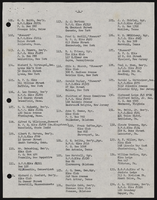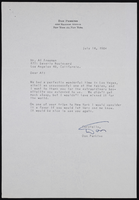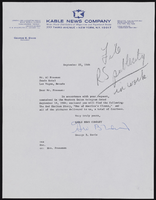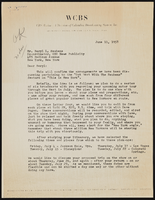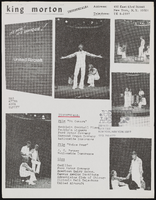Search the Special Collections and Archives Portal
Search Results
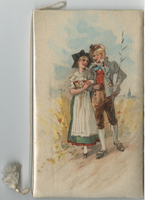
Thanksgiving menu, Kimball House, 1897
Date
Archival Collection
Description
Text
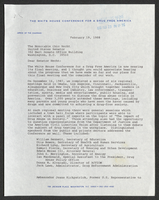
White House Conference for a Drug Free America: correspondence
Date
Archival Collection
Description
Folder of documents from the Senator Chic Hecht Political Papers (MS-00003) -- Subject Files -- Judiciary file.
Text
Jose Alvarez oral history interview
Identifier
Abstract
Oral history interview with Jose Alvarez conducted by Kendall Worthington, Chava Haron, Dr. Norma Lisa Flores, and Claytee D. White on November 28, 2018 for the Latinx Voices of Southern Nevada Oral History Project. In this interview, Jose Alvarez talks about his early life in Buenos Aires, Argentina, sharing what it was like growing up there. He shares his family history as well as his immigration to the United States. He first moved to New York City, New York, working as a dishwasher and/or busboy in New York City restaurants and resorts in the Catskills. In 1968, Alvarez moved to Las Vegas, Nevada when he got a job at the Landmark Hotel. He shares his experiences working in the hospitality industry for 22 years. Alvarez also discusses playing and watching soccer.
Archival Collection

